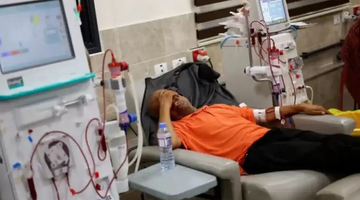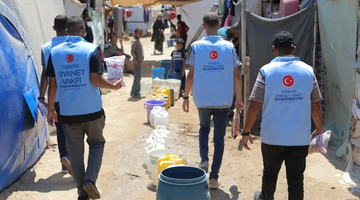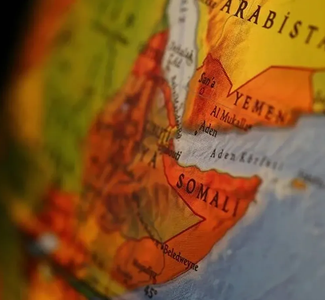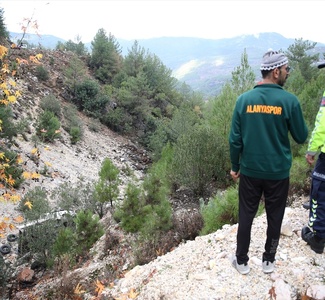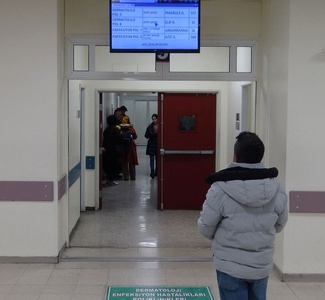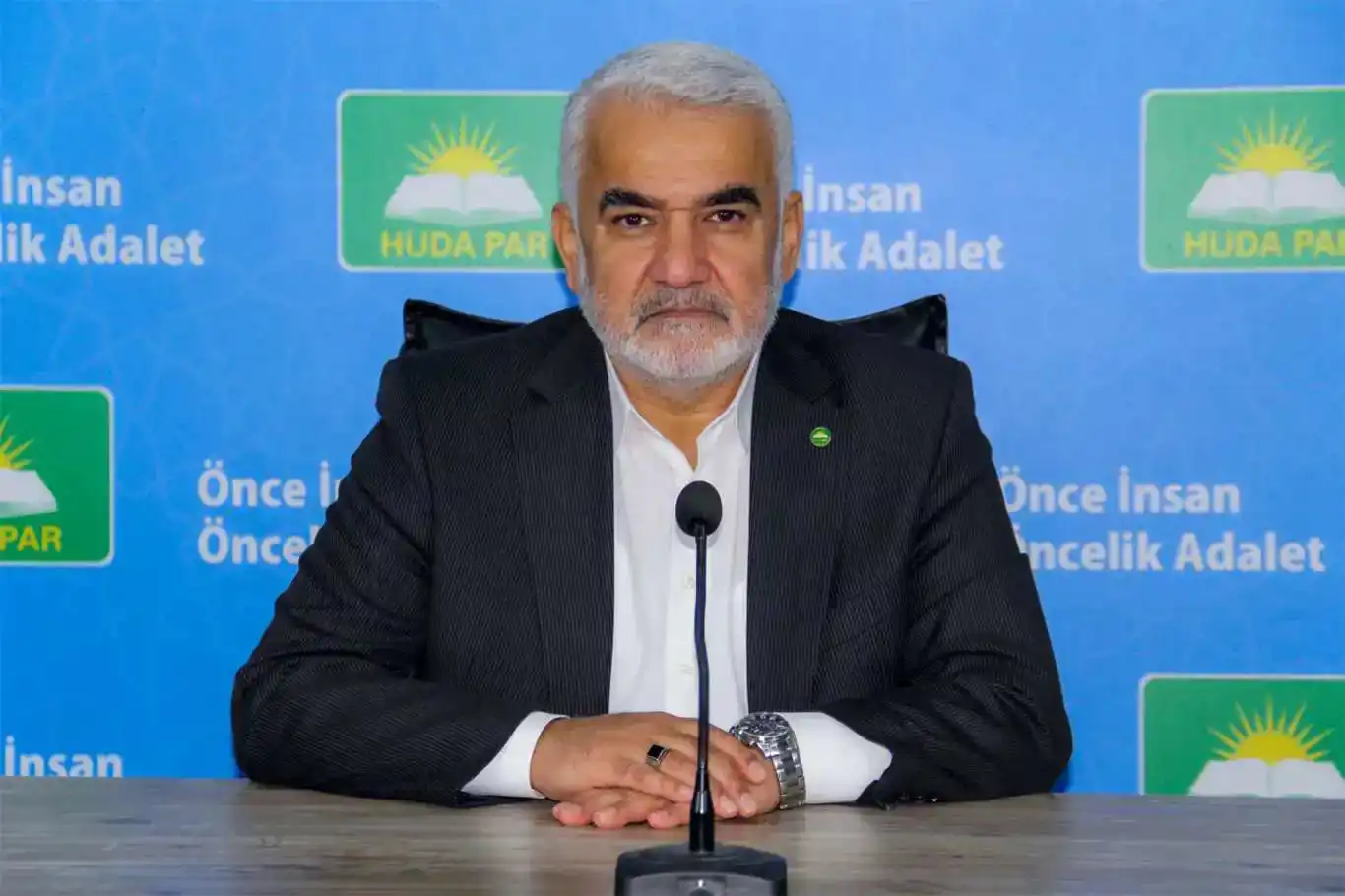Understanding monkeypox: Symptoms, spread, and global concerns
As the Monkeypox virus continues to spread globally, health experts are raising alarms about its increasing transmission among both humans and animals.
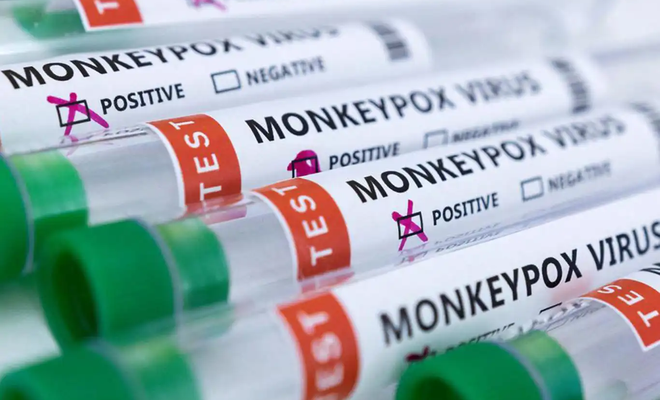
 Google News'te Doğruhaber'e abone olun.
Google News'te Doğruhaber'e abone olun. The World Health Organization (WHO) has reported cases in multiple regions, with the majority occurring in Africa (567), followed by the Americas (175), Europe (100), the Western Pacific (81), and Southeast Asia (11).
Notably, no cases have been detected in the Eastern Mediterranean region or Türkiye, yet the virus's persistence is causing widespread concern.
What is Monkeypox?
Monkeypox is a viral disease that belongs to the same family as smallpox and chickenpox. Although smallpox was declared eradicated by the WHO, Monkeypox was initially considered rare and nearly eradicated, primarily appearing in sporadic cases in Africa until the 1970s. However, its recent re-emergence, especially in regions like Switzerland, has sparked concerns about the potential for global spread through air travel and other means.
According to Dr. Zeynel Abidin Demir, an infectious diseases specialist, "Monkeypox is a disease that was first identified in the 1950s and was largely confined to Africa. However, its sudden appearance in other parts of the world is concerning, particularly given the potential for global spread."
Transmission and Spread
Monkeypox is primarily transmitted through direct contact with infected animals or humans. While the virus is named after monkeys, it is believed to be primarily carried by rodents, which can transmit the virus to other mammals, including humans. "This disease is transmitted through contact and food," explained Dr. Demir. "It can be contracted by consuming infected meat or through prolonged contact with an infected person."
The recent spread of the virus, particularly in Africa, has led to the emergence of a new variant, which has already claimed the lives of over 600 people. Despite this, Türkiye remains unaffected by the virus. Dr. Demir noted, "So far, no cases have been reported in Türkiye. However, it is crucial to remain vigilant and take necessary precautions should a case arise."
Symptoms and Treatment
The symptoms of Monkeypox in humans are similar to those of smallpox, though generally less severe. Dr. Demir described the typical symptoms as "rashes on the body, including what we call macules, papules, and vesicles—raised lesions similar to those seen in measles, rubella, or chickenpox. The disease often affects the hands and face."
Early symptoms include high fever, headaches, and swollen lymph nodes, particularly under the arms. These are usually followed by the appearance of rashes. The contagion period typically lasts about two to three weeks, during which time it is crucial to monitor symptoms and seek medical attention if necessary. "Currently, the smallpox vaccine is also being used for Monkeypox, and avoiding contact is particularly important," Dr. Demir emphasized.
Global Response and Precautionary Measures
The WHO has already declared Monkeypox a pandemic, underscoring the seriousness of the situation. Although no cases have been reported in Türkiye, the country is urged to remain vigilant. "If there's any history of contact in Türkiye, quarantine measures should be enforced," said Dr. Demir. "Individuals should monitor themselves and seek medical attention if symptoms develop."
While there is no specific medication for Monkeypox, supportive care is generally provided to those infected. Dr. Demir highlighted that although there have been fatalities in the past, the disease's impact can be mitigated with prompt medical intervention and public health measures.
As the global community continues to grapple with the spread of Monkeypox, the importance of awareness, early detection, and preventive measures cannot be overstated. With no reported cases in Türkiye, the country remains on high alert, prepared to respond should the virus cross its borders. (ILKHA)




























